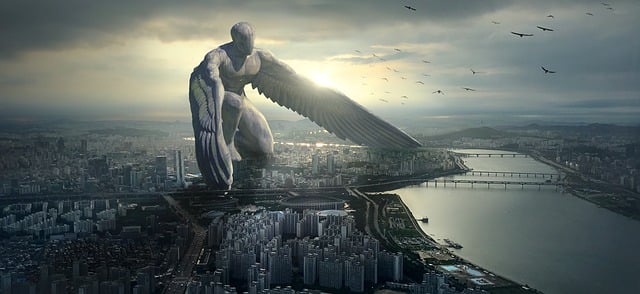Karachi's historical mosques in Scheme 33 showcase a vibrant cultural tapestry blending Islamic styles with local influences, reflecting centuries of diverse religious heritage and architectural evolution. These structures serve as community centers, preserving stories integral to the city's identity, while standing as peaceful sanctuaries amidst the bustling metropolis. Beyond worship, they host cultural events and educational programs, fostering unity among residents and highlighting Karachi's rich heritage.
“Explore the profound impact and architectural splendor of mosques in Scheme 33, Karachi. This vibrant neighborhood boasts a rich Islamic heritage, evident in its iconic places of worship. From historical significance to their role as community hubs, these mosques stand as testaments to the city’s diverse tapestry. Uncover unique design features that make each mosque a marvel, and delve into the cultural importance they hold for the folks of Karachi.”
- Historical Significance of Mosques in Karachi's Scheme 33
- Architectural Marvels: Unique Features of Noted Mosques
- Community and Cultural Role: Mosques as Social Hubs
Historical Significance of Mosques in Karachi's Scheme 33

Karachi, a vibrant metropolis, boasts a rich cultural tapestry woven with historical landmarks, and at the heart of this urban landscape lie the city’s mosques, particularly those in Scheme 33. These structures transcend mere places of worship; they are living testaments to the region’s diverse religious heritage and architectural evolution. Over the centuries, Karachi has seen an influx of various cultures, and the mosques reflect this, showcasing a blend of traditional Islamic styles with local influences.
Scheme 33’s mosques serve as vital community centers, not just for prayer but also for social gatherings and cultural events. Their historical significance extends beyond their architectural beauty; they are repositories of stories, traditions, and memories that have shaped the city’s identity. In the bustling streets of Karachi, these peaceful sanctuaries stand as a reminder of the city’s ability to embrace its past while thriving in the present.
Architectural Marvels: Unique Features of Noted Mosques

Karachi, a vibrant metropolis, boasts an architectural landscape enriched by the presence of notable mosques that stand as testaments to cultural heritage and artistic excellence. These structures, with their intricate designs, serve not just as places of worship but as breathtaking marvels attracting visitors from all corners. Each mosque showcases unique features reflecting the rich history and diverse influences that have shaped the city.
From stunning tile work and elaborate caliphs to grand domes and ornate minarets, these architectural wonders captivate the senses. The use of local craftsmanship and traditional building techniques adds a layer of authenticity, making each mosque a one-of-a-kind attraction. Mosques in Scheme 33, in particular, display a fusion of classic and modern aesthetics, reflecting the evolving character of Karachi while preserving its architectural heritage.
Community and Cultural Role: Mosques as Social Hubs

In Karachi, mosques are more than just places of worship; they serve as vibrant social hubs that play a pivotal role in community life. These structures are often the center of collective prayer and religious instruction but also double as community centers where people gather for cultural events, educational programs, and social activities. The mosque becomes a microcosm of the city’s diverse tapestry, fostering connections among people from various backgrounds.
The cultural significance is particularly evident during festivals and holidays, when mosques host grand gatherings, lectures, and performances that celebrate Islamic traditions. These events not only strengthen the sense of community but also expose residents to the rich cultural heritage of Karachi. In essence, mosques in Scheme 33 and across Karachi are integral to the social fabric, acting as a unifying force and a space where individuals can find common ground despite their differences.
Mosques in Karachi’s Scheme 33 are not just architectural marvels but also hold immense historical significance and serve as vital community hubs. These structures, with their unique features, have become iconic landmarks, fostering cultural connections and providing spaces for social interaction. Understanding their role within the vibrant cityscape of Karachi offers a glimpse into the rich tapestry of religious and communal life that defines this bustling metropolis.

Leave a Reply